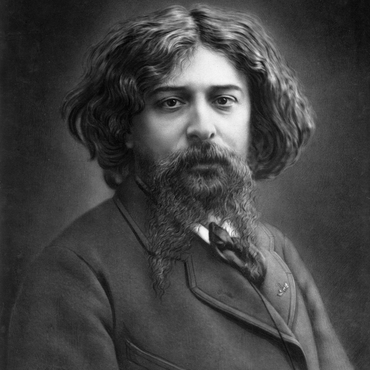
- Home
- King of Lighthouses
- A lighthouse « culture »
- Cordouan and the arts
Edgar Allen Poe provided the first (albeit unfinished) text in the canon of “lighthouse literature” (The Lighthouse, 1842). The first French text, “Le phare des Sanguinaires”, was published in 1869 by Alphonse Daudet in his Lettres de mon Moulin. It was only in the late nineteenth century that the lighthouse became a central motif in novels, following a series of articles in the national press about lighthouses isolated at sea. These articles gave rise to a body of fantastic literature, beginning with stories by Rachilde (La Tour d'Amour, 1899) and Anatole Le Braz (Le Gardien du feu, 1900). The cinema also played a role, releasing an early 1924 adaption of Gardien du feu by Gaston Ravel and the extraordinary Gardiens de phare (1929) by Jean Grémillon. Although lighthouses in Brittany were a special source of literary inspiration, Cordouan was also the setting for fantastic short stories. The most important among these is a work by an author who died young, Vincent de Swarte, entitled Pharicide. (...) More recently, Jean-Pierre Alaux, the author of Sang de la vigne, published Avis de tempête sur Cordouan (2011). Set against the background of Valéry Giscard d'Estaing’s election campaign, a curator from the Monuments Historiques travels to evaluate the cost of restoring Cordouan, and finds himself embroiled in a police enquiry concerning the tragic death of the lighthouse keeper’s son and his fiancée.
Associated media
Open Media Library